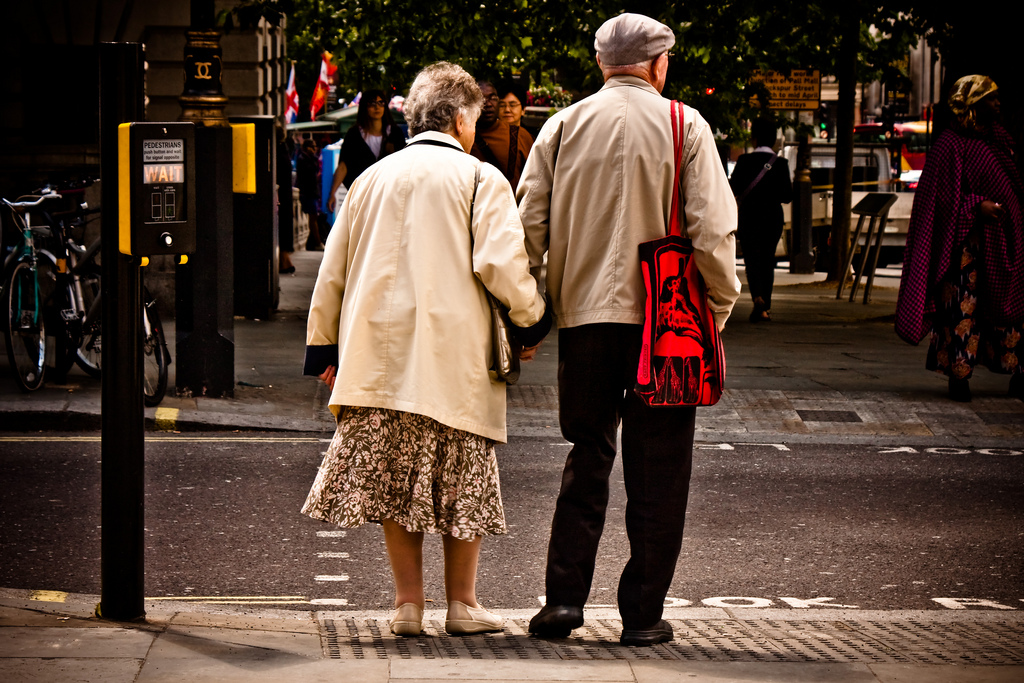Recap of the Best Design Trends of 2017
We thought we'd take a moment to reminisce on some of the design choices of 2017. In the prior year, we've seen a wide range of trends including: an influx of green spaces - both with plants and painted spaces of Pantone's colour of the year, interest for sustainability with timber on the rise, and outdoor spaces that act as living spaces. In this article we take a look at the top design trends of 2017 that occurred in the categories of architecture, interior design, landscape design, and urban design!
1. Sustainability
image © Wiki Commons
Perhaps the biggest topic of 2017 was sustainability. In early 2017, hype was created around the Vertical Forest movement which has continuously grown in popularity. Presently, there are plans for more vertical forests from the Boeri Studio (the architecture firm behind the original vertical forests) and there are additional plans from various architects for sustainable methods such as vertical farms and the transformation of rooftops into green spaces. If you're interested in reading about more sustainable methods, check out our article Sustaining Nature in Urban Environments.
2. Timber Buildings
image © Flickr
Following the sustainability trend, timber became the material of choice for some major projects in 2017. Timber is known for being sustainable, having a faster assembly, better heat retention compared to other materials and a safer construction site. Pictured above is The University of British Columbia's Brock Commons Residence completed by Acton Ostry Architects. The residence has become a beacon for the benefits of building with timber and has sparked a competition to design the tallest wood building among other architects which we can expect to continue well into 2018.
3. Large Windows
image © PIxabay
Large windows surged in popularity as part of the movement towards transitional living between the indoors and outdoors. In 2017 there was a high demand for floor to ceiling windows, sliding glass doors, and larger window panels. We can expect this trend to continue in 2018 as more individuals adapt to the outdoor living lifestyle trend.
4. Designing with the Pantone Colour of the Year
image © Flickr
Each year Pantone announces the colour of the year which then influences interior designers to incorporate the colour into homes. For 2017, the colour was 'greenery' which lent itself to a lot of use because of it's natural tones. In 2018, we can expect the trend to continue with the new colour Ultra Violet which was just announced.
5. Incorporating Exposed Brick
image © Pixabay
The trend for using brick as part of an interior aesthetic began earlier than 2017, however, we saw the trend continue to prevail throughout the year. Brick has been used in varying degrees with some choosing to incorporate an exposed brick wall into their design, and others purposely attaching brick to a wall to create the desired look. When incorporating brick into the design as an accent wall, it gives the room a multi-dimensional aesthetic and depending on the colour of the brick, it can maintain the brightness of the room.
6. Smart Homes
image © WikiCommons
In 2017, we've seen homes become integrated with smart features and covered a discussion of how smart technology is impacting the way seniors live as well. As technology continues to saturate our lives, the trend towards smarter homes will likely continue in 2018 with new features being implemented.
7. Outdoor Living Spaces
image © Danver
A continuing trend from 2016, outdoor spaces remained popular in 2017. Over the years the trend has expanded the definition of what outdoor living entails. Some living spaces have incorporated fully functional kitchen appliances, bars, and seperate seating spaces for dining and entertaining.
8. Climate Minded Gardening
image © unsplash
In 2017 a significant trend was climate minded gardening. This gardening method was a result of climate change affecting the gardens, and of environmental initiatives with water preservation. As part of the climate minded gardening initiative, individuals selected plants that were native and drought-tolerant. This meant that they could preserve water from their plants while maintaining a beautiful landscape.
9. Cycling
image © Flickr
As cycling has become a more prominent mode of transportation, urban areas have been pressured to reconsider accommodations for cyclists. Throughout the year we've looked at two main aspects when it comes to cycling: safety measures for bike paths, & how famous cities are fighting cars by encouraging cyclists.
10. Spaces Considering Older Generations
image © Flickr
Recently there has been an increased need in urban areas to accommodate the needs of an ageing population. This includes incorporating benches along paths, wider pedestrian sidewalks to accommodate assisted walking devices, and flatter areas that don't pose a risk or threat of an individual falling.
While we've considered the major trends for 2017, it's possible we've missed some that you found more influential than the ones we listed. If that's the case, please share them with us in the comments below!
cover image © unsplash















